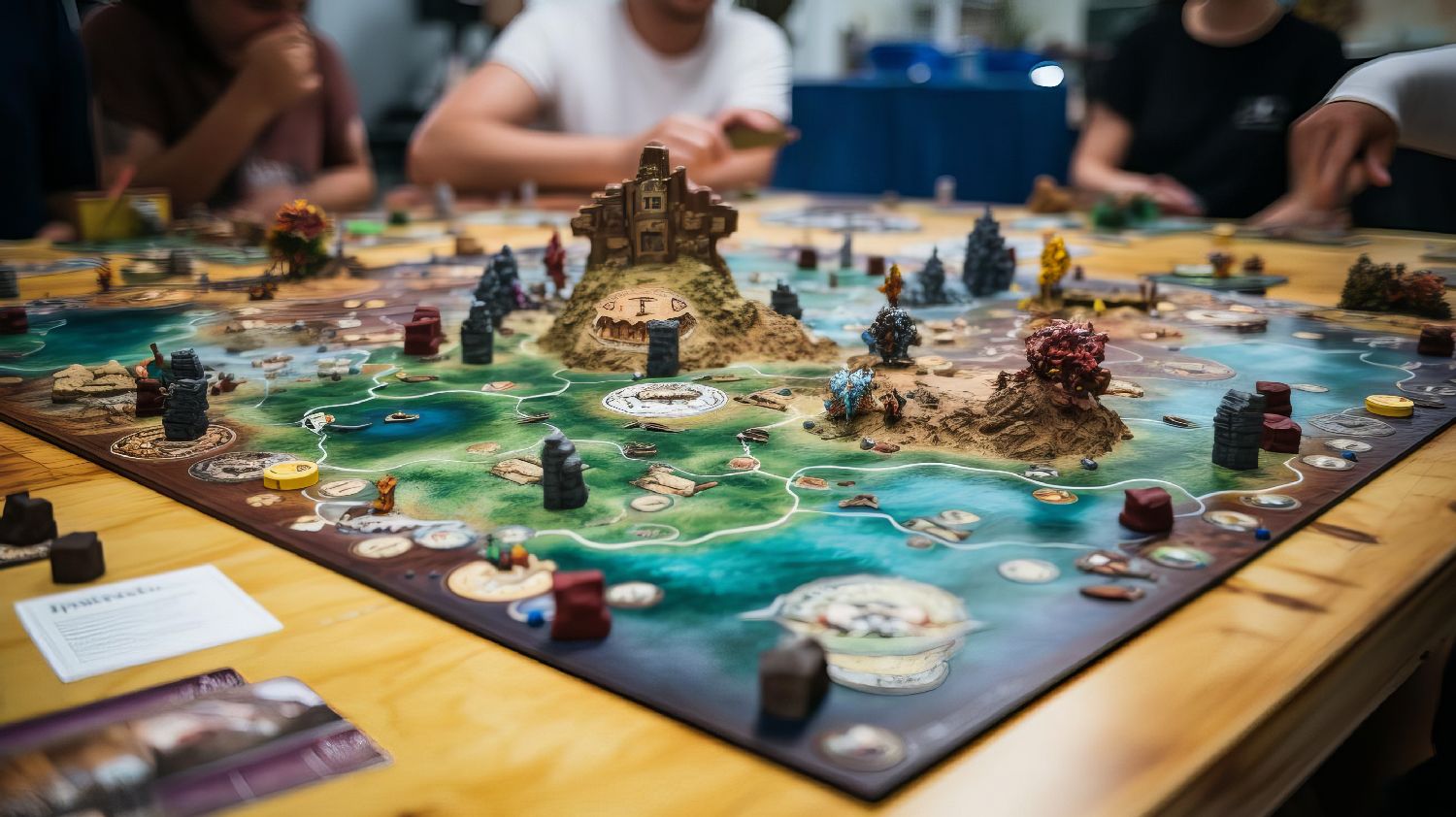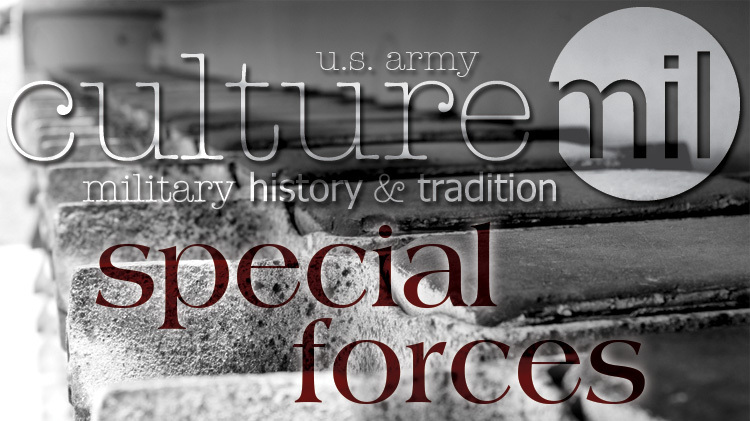- JEDBURGH TEAMS: These three-man commando units were tasked with leading and supplying local resistance forces behind enemy lines.
- OFFICE OF STRATEGIC SERVICES (OSS): The OSS was formed to conduct operations and gather intelligence behind enemy lines.
- FIRST SPECIAL SERVICE FORCE: This joint American and Canadian tactical group operated in the Aleutian Islands (off the Alaskan coast), Italy and southern France.
- ALAMO SCOUTS: Given to members of the Sixth Army Special Reconnaissance Unit in the Pacific Theater, these scouts were tasked with infiltrating deep behind Japanese lines to provide crucial intelligence.
- UNITED NATIONS PARTISAN INFANTRY KOREA (UNPIK): These forces operated on islands behind North Korean lines and were charged with influencing and establishing a resistance movement, as well as carrying out raids. They also were known as the White Tigers.
- COUNTERINSURGENCY: They respond to terrorist activities abroad, to prevent terrorist incidents, and train other nations’ militaries in the basics of fighting insurgents.
- DIRECT ACTION: These short duration strikes are used to seize, capture, recover or destroy enemy material, or to recover personnel.
- FOREIGN INTERNAL DEFENSE: This is the act of training and equipping foreign allied military forces to defend against insurgency, terrorism, subversion and other security threats.
- SPECIAL RECONNAISSANCE: They conduct surveillance in hostile, denied or diplomatically/politically sensitive environments, where they collect or verify information of strategic significance using capabilities not normally used by conventional forces.
- UNCONVENTIONAL WARFARE: This cornerstone of the Special Forces are activities conducted to enable a resistance movement or insurgency to coerce, disrupt or overthrow a government/occupying power by operating through/with an underground, auxiliary or guerrilla force in a denied area.
- Combat Search and Rescue (CSAR)
- Counter-Narcotics
- Counter-Proliferation
- Hostage Rescue
- Humanitarian Assistance
- Humanitarian Demining
- Information Operations
- Manhunts
- Peacekeeping
- Psychological Operations
- Security Force Assistance
- https://www.military.com/special-operations/army-special-forces-missions-and-history.html
- https://www.goarmy.com/special-forces.html
- https://www.mentalfloss.com/article/13041/11-things-you-might-not-know-about-us-army
- https://www.theamericanconservative.com/articles/u-s-special-ops-deployed-to-138-countries-and-counting/
- https://www.congress.gov/congressional-record/2002/6/18/house-section/article/h3635-3?r=649
- http://www.specialforcesassociation.org/about/sf-history/
- https://en.wikipedia.org/wiki/United_Nations_Partisan_Infantry_Korea/
- https://www.thenation.com/article/archive/special-operations-forces-continue-expand-across-world-without-congressional-oversight/
- https://www.businessinsider.com/green-berets-army-special-forces-intelligent-well-trained-deadly-2013-3
Written by Jenifer Chrisman on June 25, 2020.
“There’s no reason to thank us because we don’t exist. You never saw us. This never happened.”
– Movie: Navy Seals (1990)
At the behest of Colonel Aaron Bank, the United States Army Special Forces was officially activated on June 19, 1952, at Fort Bragg, North Carolina. Bank, who was assigned as the newly formed 10th Special Forces Group’s first commander, had been determined to assemble a group of highly trained troops, the best the Army could offer. On the day of their official activation, the group consisted of Banks, a warrant officer and eight enlisted men.
Also known as the Green Beret, they adopted the iconic beret in 1954 to distinguish themselves from the main Army. But it wasn’t until 1962 that they were granted official and exclusive rights by President John F. Kennedy. He ordered they be made a “symbol of excellence, a badge of courage, a mark of distinction in the fight for freedom.”
Although the Special Forces weren’t created until 1952, they can trace their roots back to World War II, as well as early in the Korean War:
Today, the Special Forces receive extensive training, which includes a thorough knowledge of foreign languages, cultures and customs. They also master skills such as training and organizing insurgents, native forces, surrogate fighters and foreign armies. Their preparedness allows them to be ready at a moment’s notice, to take action the moment a crisis begins.
They have five primary missions:
Other duties include:
Since their creation, Special Forces have evolved to versatile, twelve-man teams called Operational Detachment Alphas (ODA). Each member is an expert in his or her chosen MOS, receiving specialized training that prepares for higher levels of stress and allows them to utilize more self-reliance, maturity, initiative and resourcefulness. A typical ODA team includes a commander, assistant commander (warrant officer) and ten sergeants, two each: weapons, communications, medical and engineering; and one each: operations and intelligence. However, the composition and size of a team can be altered due to mission type.
As of 2018, the U.S. Army Special Forces ODAs have deployed worldwide to 149 of the 195 recognized countries. As a group, they call themselves the “quiet professionals” and they always strive to live up to their motto, “De Oppresso Liber” (To Free the Oppressed).
Sources:



